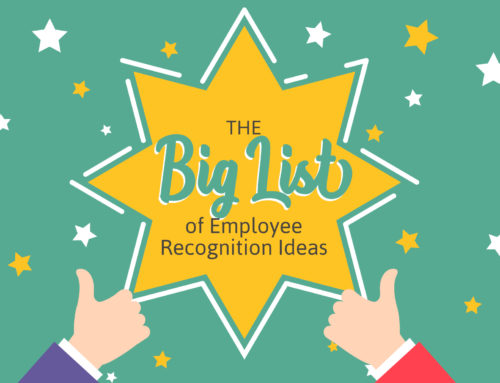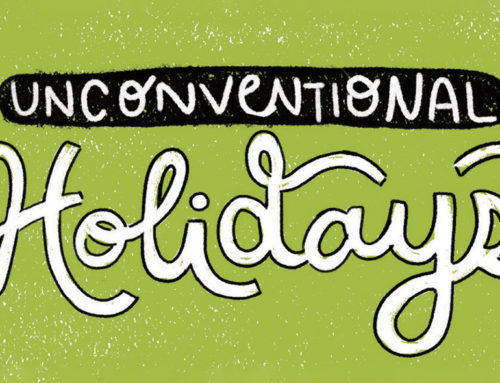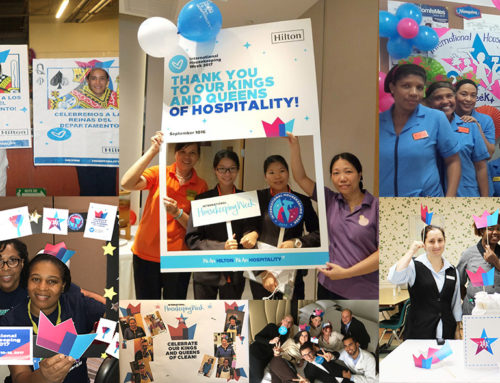 Hilton was recently named to Fortune Magazine’s prestigious list of “100 Best Companies to Work For,” compiled by the Great Place to Work Institute. Companies are selected based on a combination of an employee survey and a written submission, called a culture audit. Coming in at number 56, RSW worked with Hilton to draft the culture audit. So what does it take to win? Here are 10 recommendations that are critical to making the cut.
Hilton was recently named to Fortune Magazine’s prestigious list of “100 Best Companies to Work For,” compiled by the Great Place to Work Institute. Companies are selected based on a combination of an employee survey and a written submission, called a culture audit. Coming in at number 56, RSW worked with Hilton to draft the culture audit. So what does it take to win? Here are 10 recommendations that are critical to making the cut.
- Get in the mindset of the employee. For Hilton, we interviewed dozens of subject matter experts and employees to gain a detailed understanding of the company — and their culture. The key to a winning submission is writing it from the vantage point of the company — and the employees.
- Let the cream rise to the top. A good submission should play up distinctive programs and focus less on the average ones. While that may seem obvious, everybody wants to think that a program they manage is distinctive. In reality, few are. It’s important to gauge how your programs compare to programs at other companies and bring the exceptional ones to the forefront.
- Show your flaws. No workplace is perfect. Don’t be afraid to show your flaws, within reason, provided they led to, or are leading to, an improvement. This may also help you illustrate the point that a great place to work is continuously seeking to improve.
- Survey your audience. As Hilton has learned through their annual employee survey, this can be invaluable in defining the positive results of specific programs and making a good submission even stronger. If you’re not currently using a survey, use the Great Place to Work trust index to help.
- Be authentic. This isn’t a marketing piece. A good submission should be authentic. Don’t hard-sell your programs. Instead, let them speak for themselves. Try to avoid words like “amazing” or “incredible” if they can’t be quantified. And if you use terms like “best–in-class” or “industry-leading,” you better be able to back it up.
- Solicit testimonials. For Hilton, RSW sent out a questionnaire to employees asking for personal. For example, we asked how employees were using the new travel program, which includes deep discounts on hotel rooms and food, for the benefits section. The questionnaire input not only provided great content, it also gave the submission a more authentic and heartfelt tone.
- Show the impact. Highlighting a great program without showing its impact will not impress the judges. Don’t just talk about how great a program is, include statistical proof. If the evidence of impact is not readily available, you may need to use other means to speak to the success, such as employee survey comments, testimonials (see previous recommendations), and awards.
- Define a common thread. What is it that’s going to tie the submission together? For companies that have an employee value proposition, that might be a good starting point. If you don’t have one, ask yourself what your organization offers to your employees in return for their services, and put this into words as one clear, concise statement that is unique to your company.
- Be patient. In a perfect world, a company with a great workplace would make the “100 Best Companies to Work For” list on the first try. Unfortunately, most companies don’t. Don’t worry. Use the experience as a learning opportunity and a platform to continue to improve your programs and make your next submission even better.
- Finally, be a great place to work. We wish we could take the credit for Hilton’s win. The truth is, Hilton has put a significant amount of effort into creating a great workplace by launching industry-leading benefits, providing robust career development opportunities, fostering a welcoming work environment, and more. The best-written submission will not overcome an average or below-average workplace.
Click here for more information on Hilton’s winning Great Place to Work submission.





